Introduction
Specimen Studies
0.1.1 | 0.1.2 | 0.1.3 | 0.1.4 | 0.1.5Methods
0.2.1 | 0.2.2The Structure of this Dissertation
0.3.1Tuberculosis' Visual Culture
Visual Practices in Medical Culture
1.1.1 | 1.1.2 | 1.1.3Seeing and Settling in the Sanatorium Movement
1.2.1 | 1.2.2 | 1.2.3 | 1.2.4 | 1.2.5Teaching Public Health
1.3.1 | 1.3.2 | 1.3.3 | 1.3.4 | 1.3.5Representing Doctors in Tuberculous Contexts
1.4.1 | 1.4.2Using Human Specimens in the Study of Tuberculosis
Seeing Disease in Methyl Violet
2.1.1 | 2.1.2 | 2.1.3 | 2.1.4Case Histories
2.2.1 | 2.2.2 | 2.2.3 | 2.2.4Visceral Processes
2.3.1 | 2.3.2Relation
2.4.1 | 2.4.2 | 2.4.3Arts-Based Inquiry
Introduction
3.1.1 | 3.1.2 | 3.1.3 | 3.1.4Terminal Imaginaries & Tuberculous Imaginaries
3.2.1 | 3.2.2 | 3.2.3 | 3.2.4 | 3.2.5 | 3.2.6Dermographic Opacities
3.3.1 | 3.3.2 | 3.3.3 | 3.3.4Tactical Pretensions
3.4.1 | 3.4.2 | 3.4.3Designing Opacity
A Shift towards the Anticolonial
4.1.1 | 4.1.2 | 4.1.3 | 4.1.4Refusals and Opacities
4.2.1 | 4.2.2 | 4.2.3 | 4.2.4Digital and Ethical Workflows
4.3.1 | 4.3.2 | 4.3.3 | 4.3.4 | 4.3.5Conclusion
4.4.1Coda
Prometheus Undone
5.1.1 | 5.1.2 | 5.1.3 | 5.1.4Appendix
The Tuberculosis Corpus
X.1.1 | X.1.2 | X.1.3Web Design
X.2.1 | X.2.2 | X.2.3 | X.2.4Installation Materials
X.3.1 | X.3.2 | X.3.3Index
In 2016 I reedited and released one of my student films, “The Modern Orpheus”,to screen at film festivals. I had originally made a longer version of the film in 2014 as part of a project during my MFA. This film was, ostensibly, about the history of the atomic bomb and its aftermath, but during production it became more about my horror and guilt after seeing the images the United States produced to study the atomic bomb’s effects on the cities and populations of Hiroshima and Nagasaki (figs. 1 - 3). The film’s title, “The Modern Orpheus”, made reference to two texts: the secondary title to Mary Shelly’s Frankenstein, Or the Modern Prometheus, and to the Grecian Orpheus myth. Mary Shelly’s Frankenstein responded to the rise of the empirical sciences, and was written out of Shelly’s own experience watching body snatchers collect cadavers for anatomy labs while she visited her mother’s grave.1 The Orpheus myth, which is a Greek tragedy, tells the story of the eponymous poet and singer, whose love Eurydice dies and is taken by the underworld at a young age. Orpheus, driven by this loss, follows her, sings for Hades and Persephone, the underworld’s monarchs, and moves the queen of the underworld with his song. Orpheus reclaims Eurydice’s life, so long as he is able to leave the underworld and return without looking back, but he fails this task as he is wracked with doubt as to whether his love was actually following him.







I was drawn to the Orpheus myth because it thinks about what the gesture of looking back, of confirming one’s doubts. Orpheus’ doubt drives the tragedy, but it also serves as a kind of confirmation. Orpheus’ desire to see was, to me, a means to address the complicated, vital process of remembering. Rather than portraying the Orpheus myth as a tragedy, I saw it as a kind of necessary truth telling having witnessed the ruin of history.2 One of the film’s two narrators, a female speaker, makes this theme legible: she asks, “Do you remember Orpheus? By staring back, he trapped his love Eurydice in the underworld. He could not conquer death, but he could speak it, and by uttering that truth, he made it real.”3
This notion of visual truth telling came out of the production process. The film was made of primarily archival materials alongside some footage collected from a scrapped narrative film shot in 2013. I had visited the National Archives in Park Slope in the Summer of 2014, hoping to copy some of the footage that the United States had collected in the aftermath of Hiroshima and Nagasaki bombings. When I started watching the hours of material, I found myself caught in a current of guilt, which seemed to run below a surface masked by American imperialism and American exceptionalism. Guilt—both personal and collective—came from an exasperated sense that the history I had read preparing for my trip, histories that marveled at the power and promise of the Manhattan Project,4 had completely ignored the substantial human cost at the core of the bombings. Guilt that would remain because no matter how much I worked on the film, no matter how successful the project might become, there would be the open sore of cataclysmic violence and American imperialism.
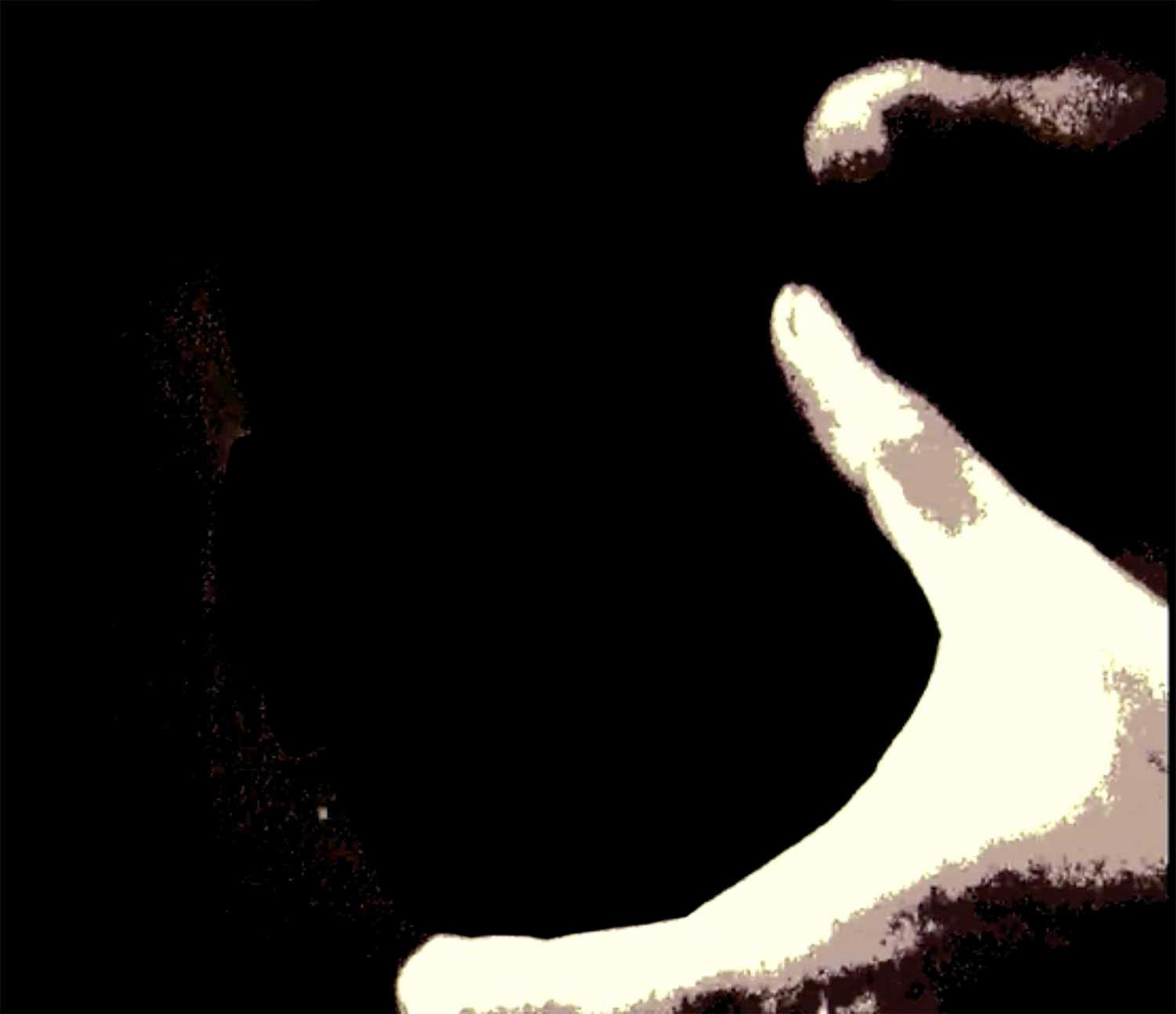
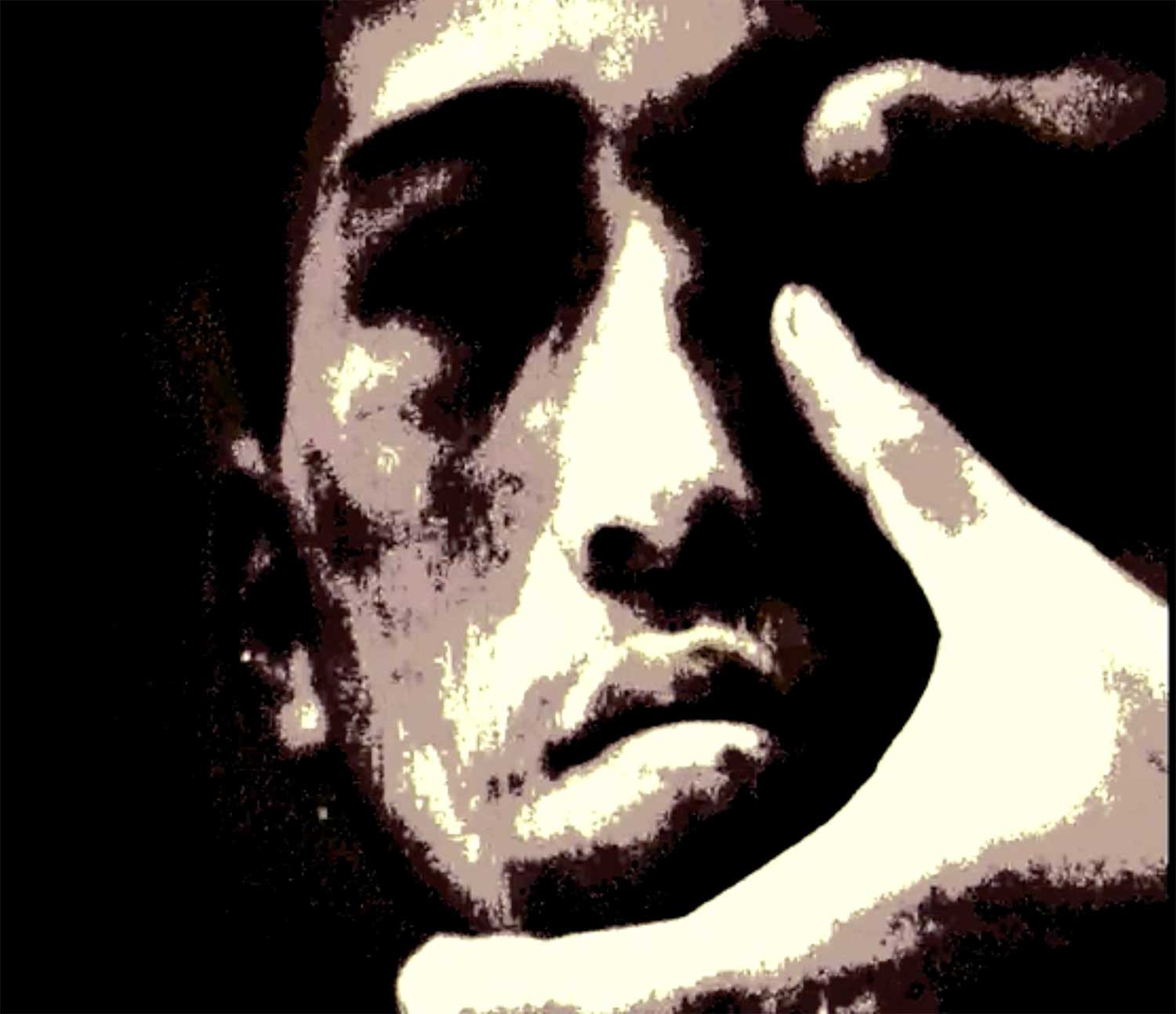
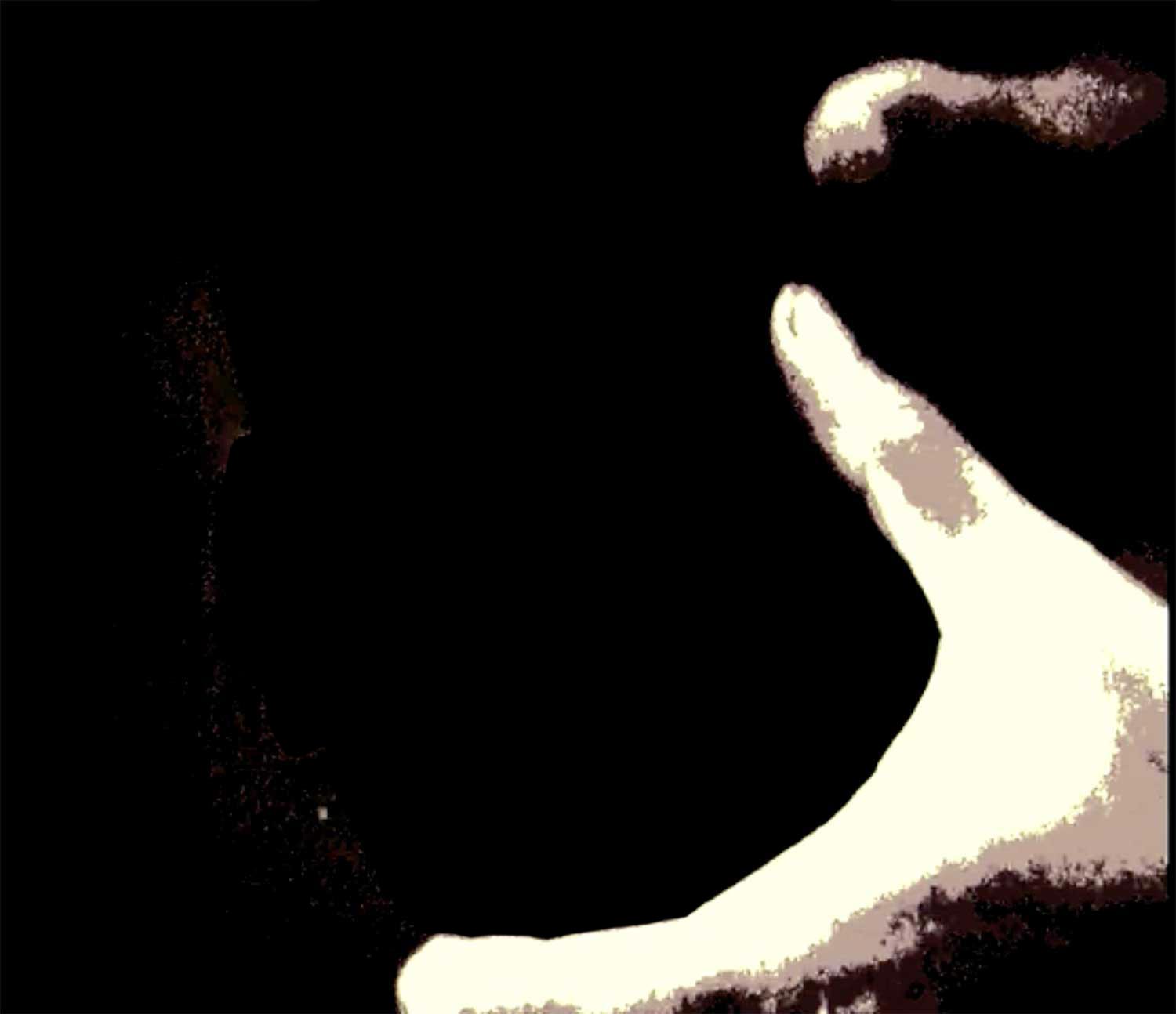
When I started the film project, I saw the bombed Japanese subjects as research objects, as cinematic subjects (0.1.4). Reflecting on this, in some promotional materials prepared for the film’s short festival run, I wrote, “While I collected images, I found myself appalled by what I had unearthed. These images of the survivors of Hiroshima and Nagasaki were so coldly collected. How could any ethical filmmaker agree to shoot images like these? How could anyone approach this work with such nonchalance?”5
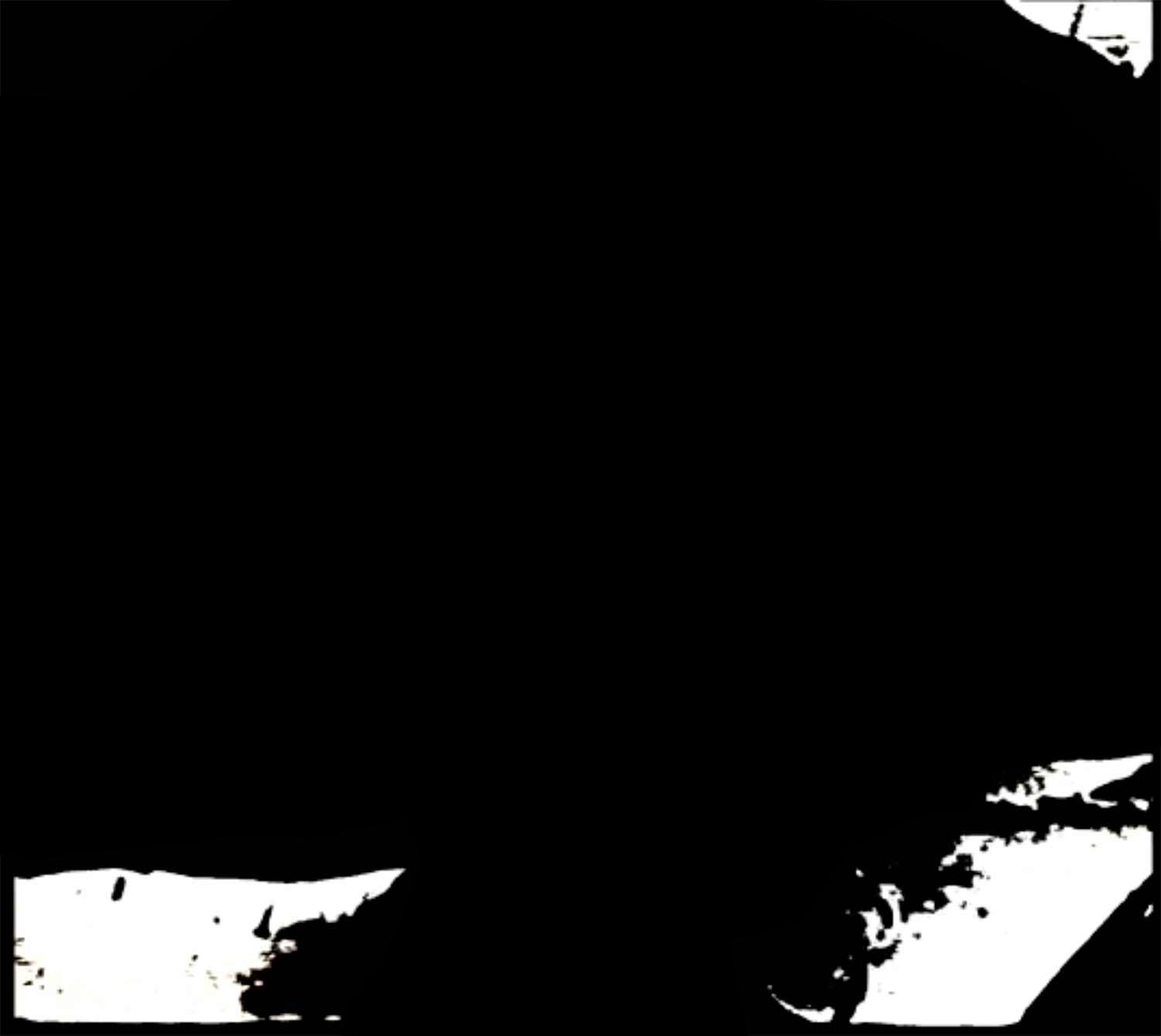
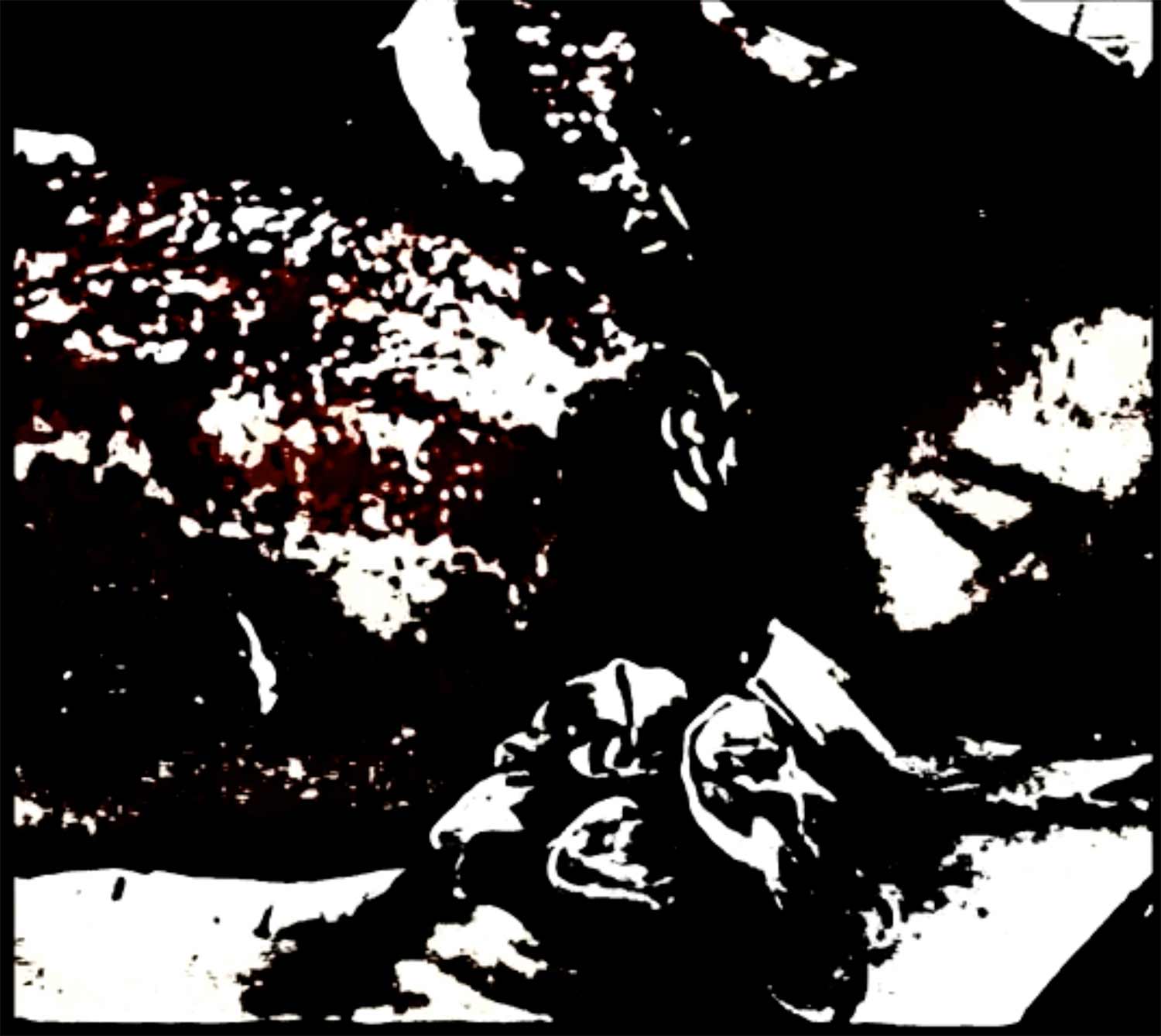
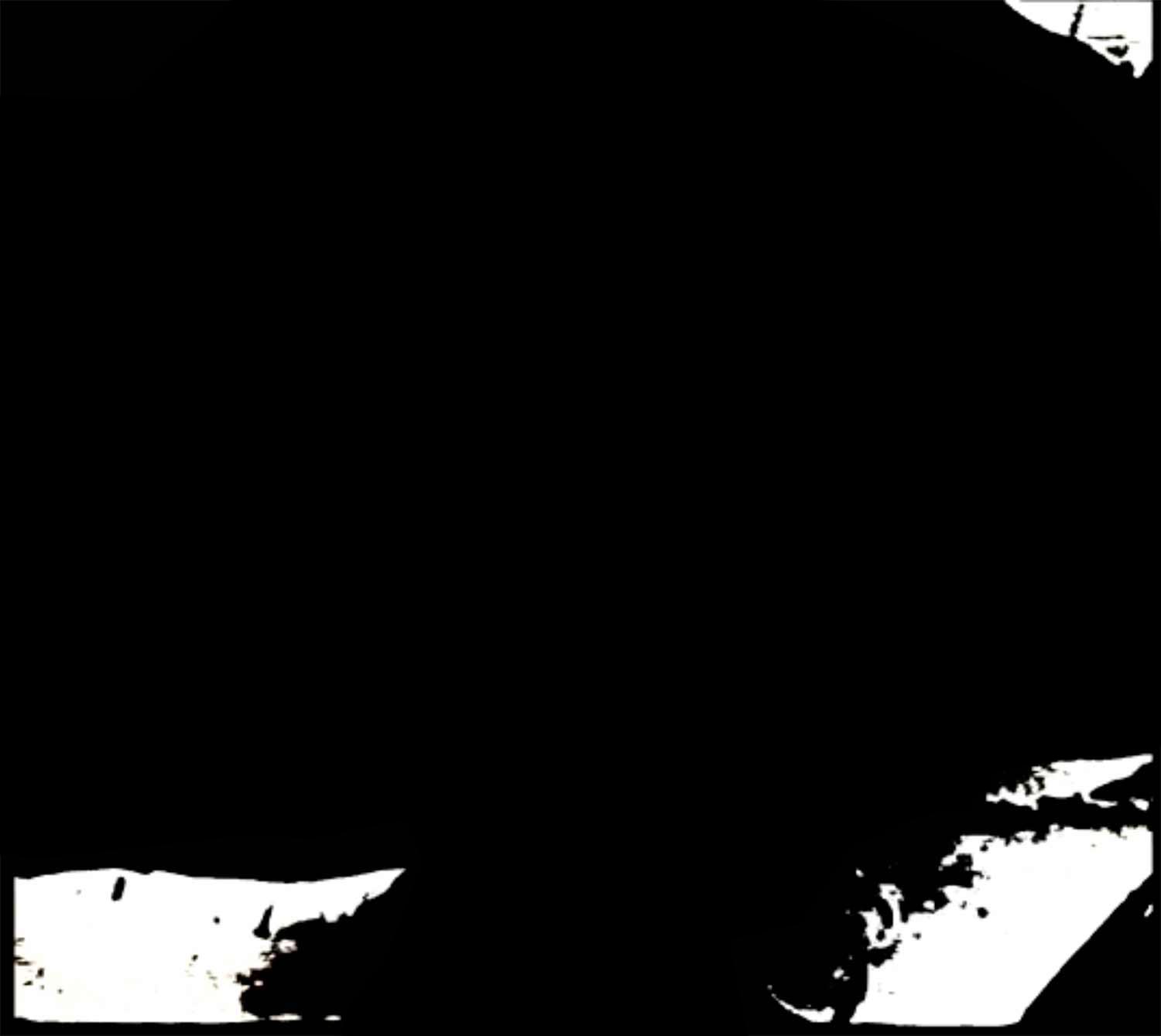
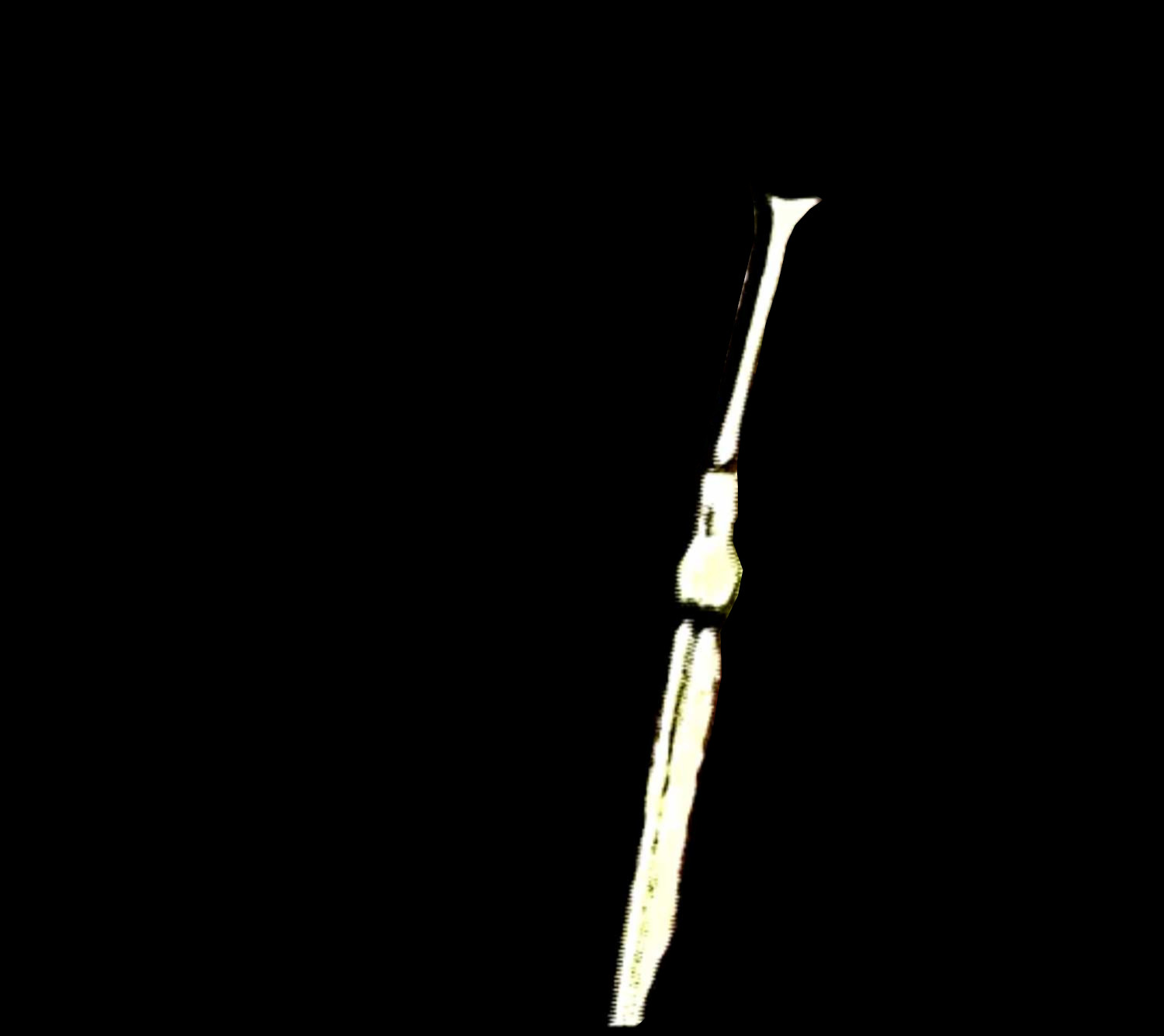
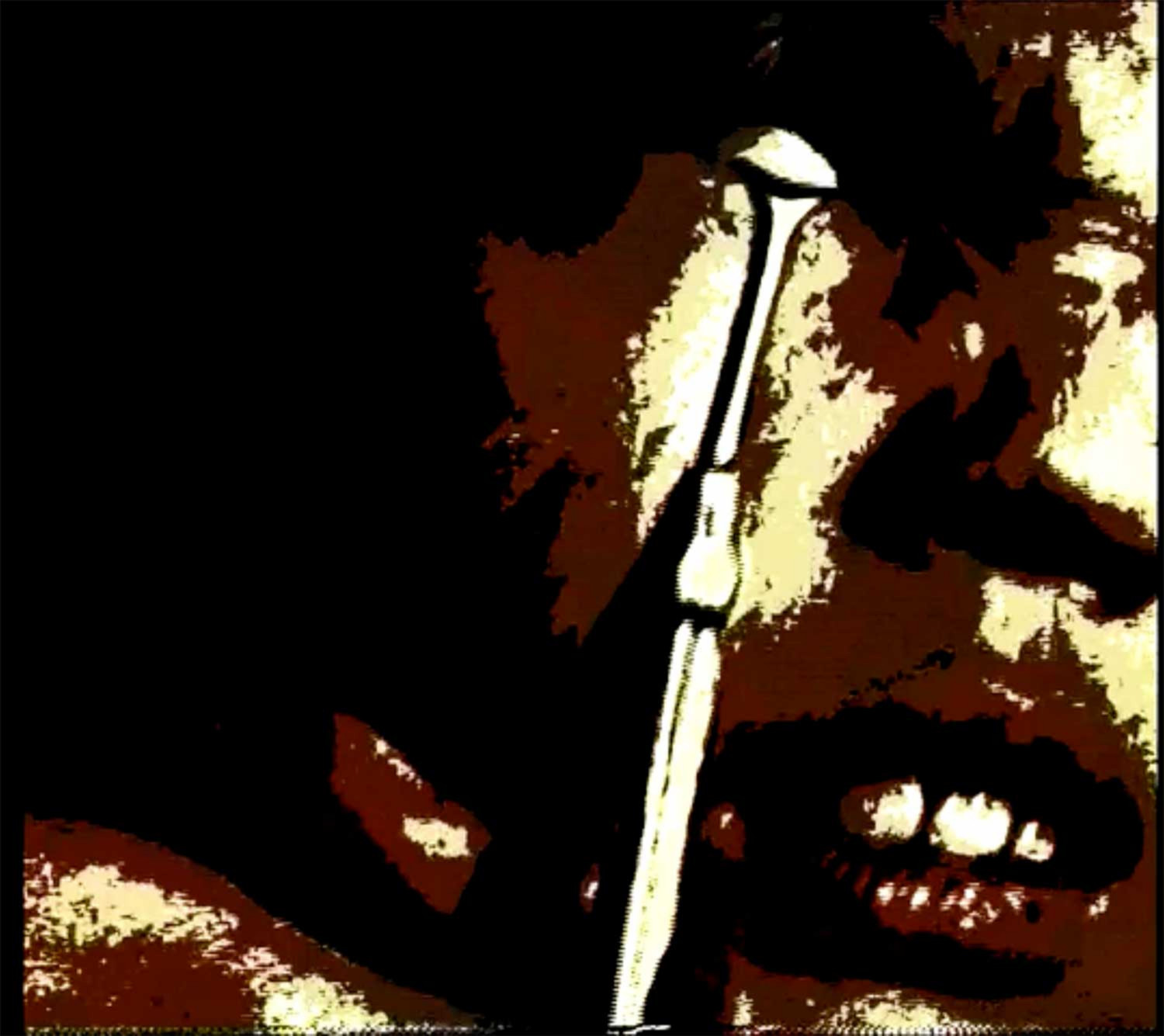
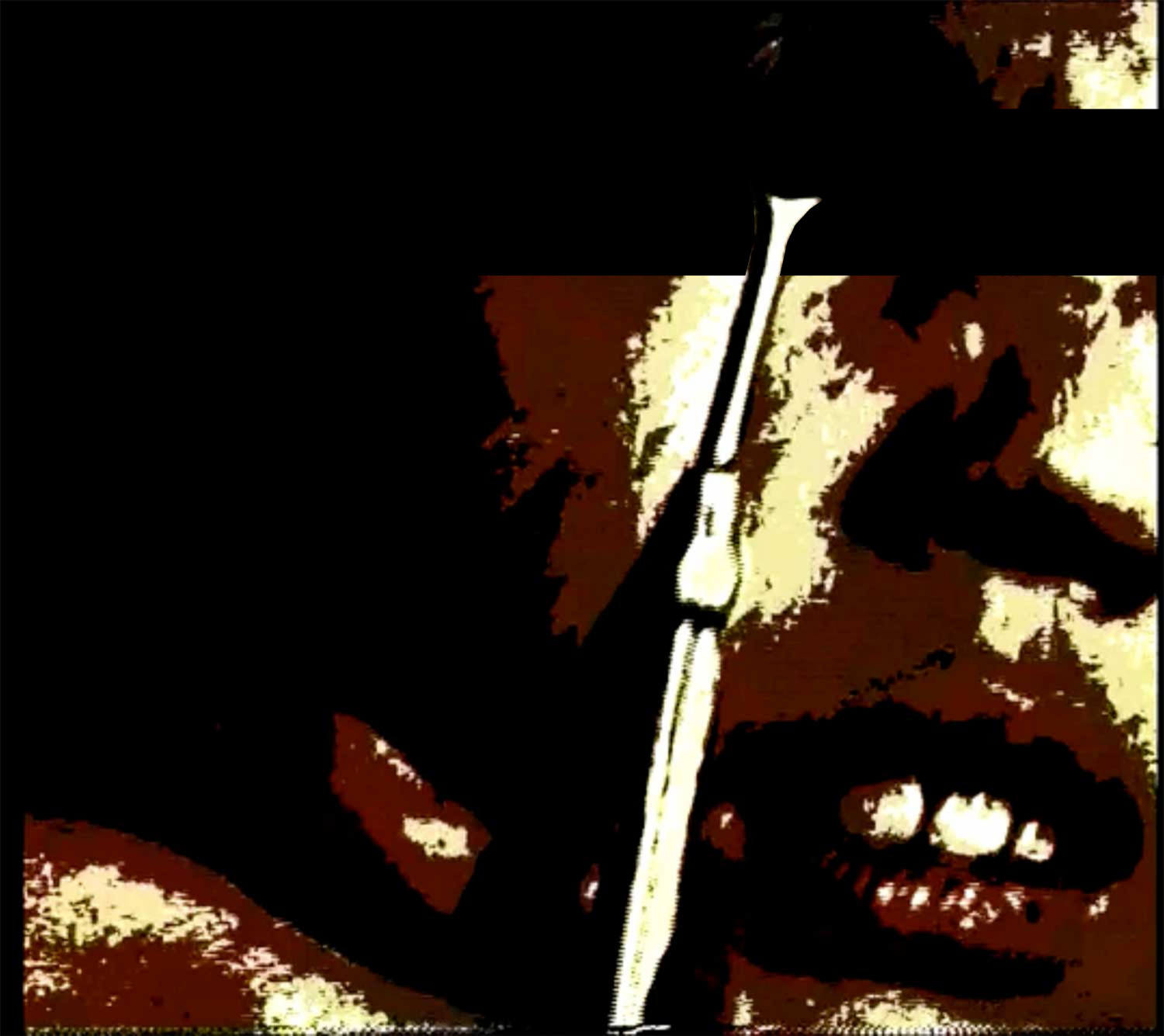
Unlike the preceding chapters, this chapter is not about tuberculosis. It instead engages with and reflects on the practices and projects that I encountered in my research into the history of medicine. It is a narrative of my shifting approaches to the embodied presence of nonconsenting research subjects in the project’s primary sources—the same materials that became the tuberculosis corpus (X.1.1) and image data set (X.1.3). As I wrote in the introduction, the dissertation is broken into two couplets: the first couplet addresses case studies in the history of medicine and the second couplet thinks through the methodological and ethical problems which arose while researching tuberculosis (0.3.1).
This chapter addresses my artistic practice and how it informed the final dissertation, with specific care to show how exploratory, arts-based methods informed the case studies found in chapters one and two, as well as the ethical interventions outlined in chapter four (3.1.2). I am stepping back to work that precedes my PhD and my in tuberculosis as a way piece together a larger series of themes and problems that predate this project: health, science, individual guilt, and a history of violence that imprints onto images. The last point is most central to The Modern Orpheus, as the film’s male narrator, who I voiced, says:
There is an argument to these images. The purest oppression is annihilation, and these documents express a biased scientific record: a sterilized, distorted vision through a victor’s lens.
An American captured these images.
I know this language. The camera eye dissects the survivors. The individual is obliterated.6
In “The Modern Orpheus”, I tried to reconceptualize this violent image, to make it known, to make it hurt a viewer in such a way to move an audience to reconsider the past. I also felt more and more uncomfortable with the image itself. I sought to shift it, in the way Chris Marker evoked André Tarkovsky’s “the zone” in his 1984 film Sans Soleil. Playing with layering high contrast filters, I wondered if I could flatten the image, to undo the clinical vision of American doctors (figs. 4 - 5).7
-
This story of Frankenstein’s origins was the impetus for Ruth Richardson’s study of the poor laws.
Richardson, Ruth. Death, Dissection and the Destitute. Chicago: The University of Chicago Press, 1987. ↩
-
I take this phrasing from Walter Benjamin’s reading of the Klee painting “Angelus Novus”. He writes, “Where we perceive a chain of events, he sees one single catastrophe which keeps piling wreckage and hurls it in front of his feet.”
Benjamin’s Benjamin, Walter. “Theses on the Philosophy of History.” In Illuminations, translated by Harry Zohn. New York: Schocken Books, 1968. 257. ↩
-
Sean Purcell. “The Modern Orpheus.” Digital Video. 6 minutes. ↩
-
Although, in the decade since making this film, I am unable to figure out which books I had checked out that gave me this sense. ↩
-
Sean Purcell. “American Guilt: The Modern Orpheus.” Blog Post. Seanpurcell.net. ~2016. ↩
-
The Modern Orpheus. Digital Video, 2016. ↩
-
I would do this again for another short film The Vivisected Earth. I am choosing to not directly reference this work, because of its similarity to Modern Orpheus, and because its subject matter of the former film is much more personal. ↩
